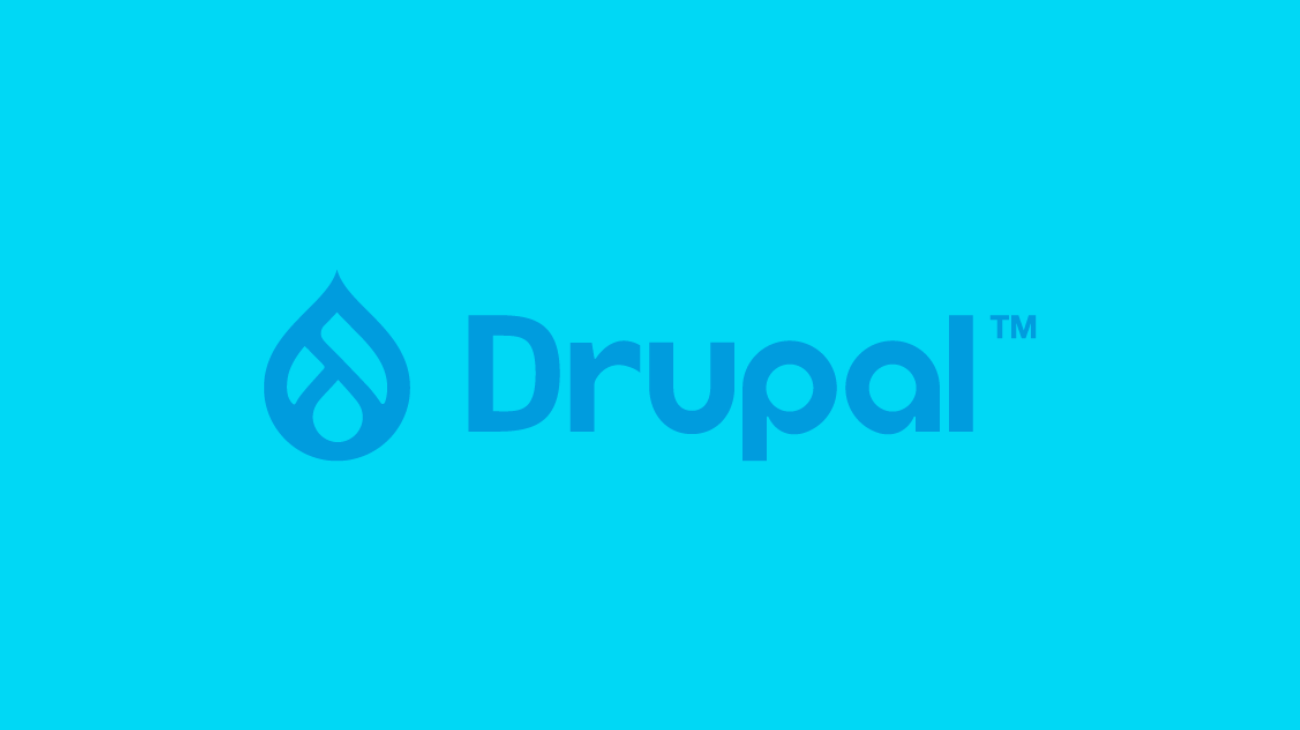In the vast landscape of content management systems (CMS), Drupal stands tall as a robust and versatile platform. Since its inception in 2000, Drupal has evolved into a powerful open-source CMS used by millions of websites worldwide. With its flexibility, scalability, and strong community support, It has become a go-to choice for organizations and developers seeking to build dynamic and feature-rich websites. In this comprehensive guide, we’ll delve deep into Drupal, exploring its history, features, advantages, and use cases, providing you with a comprehensive understanding of what makes it a powerhouse in the CMS world.

ALSO READ: Unleashing the Power of Joomla: A Comprehensive Guide
A Brief History of Drupal
Drupal’s journey began in 2000 when Dries Buytaert, a Belgian computer science student, released the first version of as an open-source project. Originally created as a message board, it quickly evolved into a full-fledged CMS. Over the years, it has undergone significant updates and refinements, with each version bringing improved functionality and user-friendliness. Some key milestones in Drupal’s history include the release of Drupal 4.0 in 2002, which introduced the theme system, and the release of Drupal 7 in 2011, which marked a major advancement in usability and extensibility. Drupal 8, released in 2015, brought significant architectural changes and enhanced performance. Drupal 9, released in 2020, continued this trajectory of improvement, and Drupal 10 was on the horizon at the time of our last knowledge update in September 2021.
Understanding Drupal’s Architecture
At the heart of Drupal lies a modular and flexible architecture that distinguishes it from many other CMS platforms. Drupal’s architecture consists of three core components:
- Modules: Drupal’s functionality is extended through modules, which are small pieces of code that can be easily added or removed to tailor the CMS to specific requirements. The Drupal community offers thousands of modules, both contributed by members and maintained by Drupal itself, covering a wide range of functionalities.
- Themes: Themes control the visual appearance of Drupal websites. They allow web designers and developers to create unique, attractive, and responsive designs. Drupal provides a theming engine that makes it relatively straightforward to create custom themes or modify existing ones.
- Content Types: Drupal’s content types define the structure of the content you can create on your website. Content types can be customized to suit your specific needs, whether you’re building a blog, an e-commerce site, or a social networking platform.
The Power of Content Management
One of Drupal’s primary strengths lies in its content management capabilities. Drupal allows users to create, edit, and organize content with ease. Some of the key content management features of Drupal include:
- Content Creation: Drupal offers a user-friendly content creation interface that allows users with various levels of technical expertise to create and publish content effortlessly.
- Content Revision and Versioning: With Drupal, you can track changes to content, revert to previous versions, and collaborate with multiple content creators while maintaining a clear version history.
- Taxonomy and Categorization: Drupal provides robust taxonomy and categorization tools, enabling you to organize and classify content logically. This is especially valuable for websites with large amounts of content.
Extending Drupal with Modules
Drupal’s modular architecture makes it exceptionally extensible. By leveraging the vast library of contributed and custom modules, you can add a wide range of functionalities to your Drupal site. Some popular categories of modules include:
- Content and Media: Modules like Views and Media allow you to create complex content displays, manage media assets, and build dynamic content listings.
- User and Authentication: Modules such as User Registration, OAuth, and User Roles enable fine-grained control over user access and authentication.
- E-commerce: Drupal Commerce is a comprehensive e-commerce solution for building online stores, while other modules like Payment and Shopping Cart help enhance the shopping experience.
- SEO and Analytics: Modules like Pathauto and Google Analytics help optimize your site for search engines and provide valuable insights into user behavior.
Theming in Drupal
Creating visually appealing and user-friendly websites is essential, and Drupal excels in this aspect. Themes in Drupal are responsible for the presentation layer of your website. In this chapter, we will explore:
- Creating Custom Themes: Drupal’s theming system allows developers to create custom themes tailored to the specific design requirements of a project. We’ll delve into the process of creating a custom theme from scratch.
- Responsive Design: With the increasing use of mobile devices, having a responsive design is crucial. Drupal makes it relatively straightforward to ensure your site looks and works well on various screen sizes.
Security and Performance
Security is a top concern for any website, and Drupal takes it seriously. The community actively works to identify and patch vulnerabilities, and Drupal’s robust permission system allows you to control who can access and modify your site’s content. Additionally, Drupal’s performance optimizations ensure that your website can handle heavy traffic loads efficiently.
Community and Support
Drupal boasts a vibrant and active community of developers, designers, site builders, and users. This community is a valuable resource for support, documentation, and collaboration. Drupal events, such as DrupalCon, provide opportunities to connect with fellow enthusiasts, learn from experts, and contribute to the project.
Drupal’s Use Cases
Drupal’s flexibility and scalability make it suitable for a wide range of use cases. Some notable examples include:
- Corporate Websites: Many large organizations, including government agencies and educational institutions, use Drupal to power their websites and intranets.
- E-commerce: Drupal Commerce is a popular choice for building online stores with robust features and customizability.
- Publishing and Media: Drupal is well-suited for news portals, magazines, and media websites, thanks to its content management capabilities.
- Community and Social Networking: Drupal can be used to create online communities and social networking platforms with user profiles, forums, and interactive features.
Preparing for the Future with Drupal
As technology continues to evolve, Drupal adapts to meet new challenges and opportunities. Drupal’s roadmap includes ongoing updates and improvements to ensure that it remains a cutting-edge CMS for years to come.
Conclusion
Drupal is not just a CMS; it’s a dynamic platform that empowers organizations and individuals to create and manage websites that meet their unique needs. Its rich history, flexible architecture, strong community, and extensive feature set make it a compelling choice for a wide range of web projects. Whether you’re a developer, site builder, or content creator, Drupal has something to offer. So, dive into the world of Drupal and harness its power to bring your web projects to life.
Get Your Shared/VPS/Dedicated/Cloud Server Here





One Comment on “Unraveling Drupal: A Comprehensive Guide to the World of Drupal”